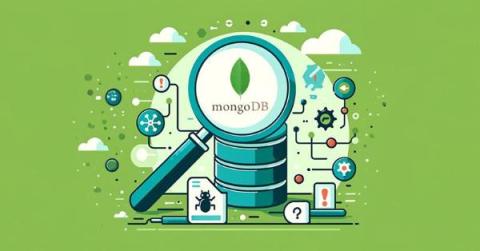Understanding How OpenTelemetry can help with PCI Compliance
The early days of e-commerce on the internet resembled a digital Wild West, characterized by unencrypted form inputs and clear-text storage of sensitive information. Fast forward to today, and the landscape of online payments has transformed dramatically, bolstered by industry-driven guide rails like the Payment Card Industry Data Security Standard (PCI DSS). These standards ensure that consumer details are stored appropriately and handled with the utmost care and security.








